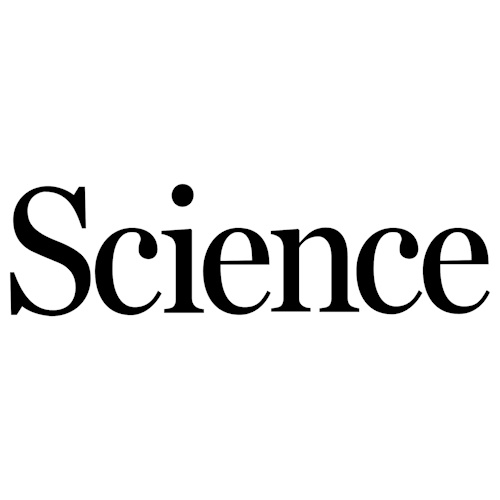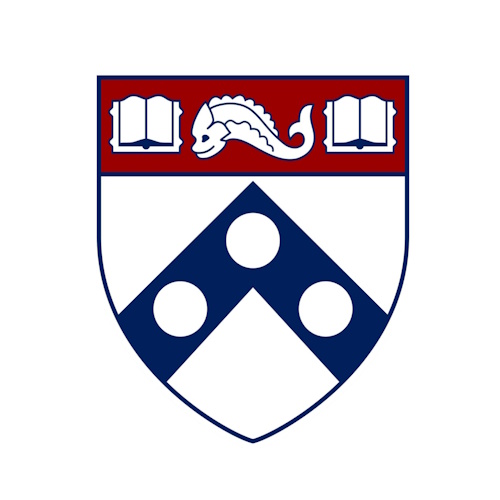Key points from article :
Scientists created a new generation of artificial chromosomes that are easier to engineer and use longer DNA segments.
Unlike current delivery systems (virus carriers or nanoparticles,) artificial chromosomes can incorporate far more synthetic DNA.
A challenge in earlier attempts is that the short DNA segments linking up to form the chromosomes stick together once inside cells.
The new study tested the idea by engineering a far larger human chromosome assembly than before.
Rather than an X-shaped chromosome, the team designed their human artificial chromosome as a circle
The chromosomes happily integrated into their human host cells and doubled into a figure-eight shape.
Artificial chromosomes can’t tunnel into our genome and disrupt normal gene expression—making them potentially far safer.
Study led by Ben Black from the University of Pennsylvania, published in the journal Science







